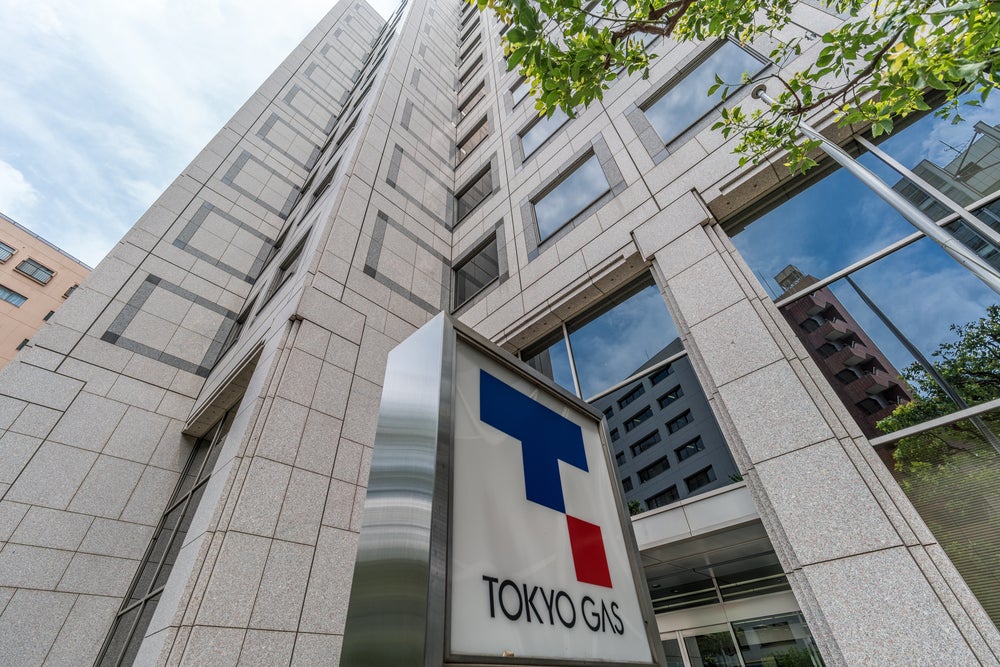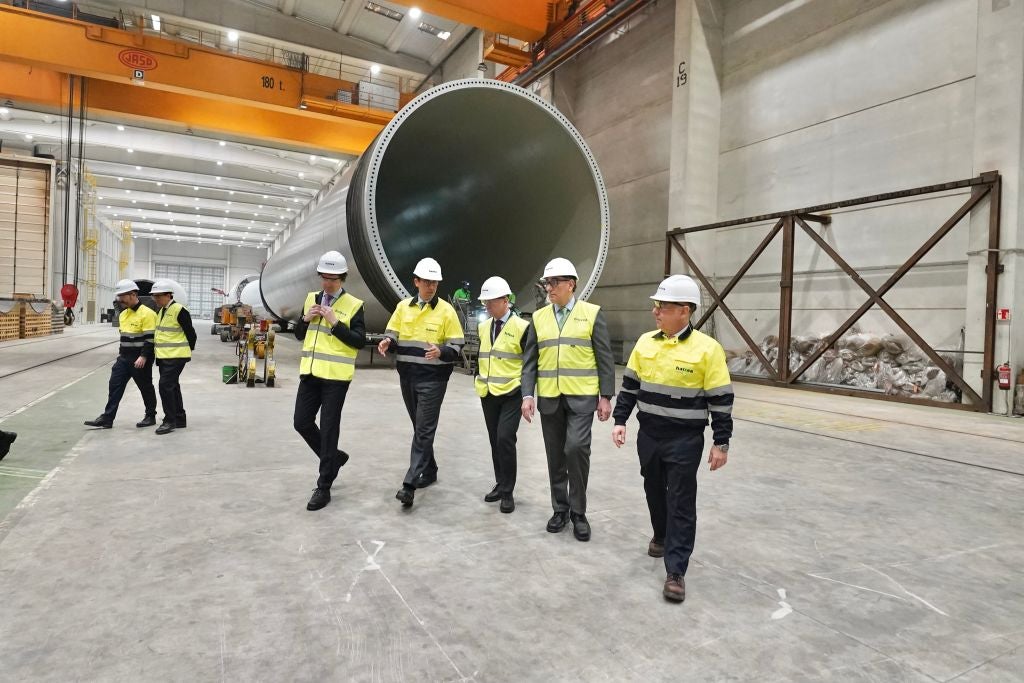
Each week, Investment Monitor’s editors select a deal that illustrates the themes driving change in our sector. The deal may not always be the largest in value or the highest profile. We select it because of what it tells us about where the leading companies are focusing their efforts, and why. We pick apart the deal itself and the industry theme behind it. This new, thematic deal coverage is driven by our underlying Disruptor data, which tracks all major deals, patents, company filings, hiring patterns and social media buzz across our sectors.
The deal
Canadian Solar, a Canada-based company that manufactures solar PV modules, plans to invest $2.5bn (C$3.29bn) to build a new factory in Hohhot in the Inner Mongolia region of China.
Why it matters
Inner Mongolia is one of the most remote, but also largest, regions of China. Taking up the country’s entire border with the country of Mongolia, Inner Mongolia covers 1.2 million square kilometres and 12% of China’s land space. Its population is relatively small on a national scale, at about 25 million.
Canadian Solar was founded in Ontario in 2001 and employs some 14,000 in its numerous operations across the world in Australia, Brazil, Canada, China, Hong Kong, Germany, India, Indonesia, Italy, Japan, Malaysia, Panama, Singapore, Spain, South Africa, South Korea, Taiwan, Thailand, Turkey, the United Arab Emirates and Vietnam.
“Canadian Solar has been an active investor, announcing 30 projects across the Americas, Asia and Europe of late,” says Investment Monitor chief economist Glenn Barklie. “Three of these projects have been in China. In Haidong, it will create a $8.9bn PV manufacturing plant, while in Pingshan it signed an agreement with China Huaneng Group to construct a $500m-plus, 3GW high-efficiency photovoltaic module green equipment facility.”
See Also:
Solar power is a growing industry, too, with connected areas raking in investment. Barklie adds: "Foreign direct investment (FDI) in power cell (excluding batteries) technology is seeing a steady rise. Similarly, FDI in photovoltaic solar power has seen year-on-year increases. More generally, the renewable energy industry has seen a dramatic upturn in greenfield FDI projects in recent years. Project numbers are 2.5 times higher in 2022 than they were in 2019. The industry is now the sixth-largest FDI sector in terms of project numbers. Foreign investors are clearly heavily focusing on cleantech."
How well do you really know your competitors?
Access the most comprehensive Company Profiles on the market, powered by GlobalData. Save hours of research. Gain competitive edge.

Thank you!
Your download email will arrive shortly
Not ready to buy yet? Download a free sample
We are confident about the unique quality of our Company Profiles. However, we want you to make the most beneficial decision for your business, so we offer a free sample that you can download by submitting the below form
By GlobalDataBut why has Canadian Solar chosen to invest so much in a little-utilised region of China? "Although Inner Mongolia only accounts for 0.3% of greenfield FDI projects into China since 2019, its availability of natural resources was key to Canadian Solar’s investment," says Barklie.
In announcing the deal, Shawn Qu, chairman and CEO of Canadian Solar, added: "Inner Mongolia has plenty of wind and solar resources and the local renewable energy penetration is increasing steadily, helping us reduce the carbon footprint of our supply chain. In addition, Inner Mongolia has abundant supply of power, polysilicon and quartzite. By further increasing the level of vertical integration throughout our manufacturing processes, we gain greater control over technology, cost and supply chain and build on our long-term competitive advantage."
It would appear, then, that Inner Mongolia has all the FDI drivers a renewable power company would need. An investment of this size – $2.5bn – will not go unnoticed within the industry and it will be interesting to see if more of Canadian Solar's competitors latch on to this remote region's charms.
The detail
The first phase of the new plant is expected to make 30GW of monocrystalline silicon rods per year, as well as 10GW of monocrystalline wafers, 5GW of PV modules and 80GW of crucibles.
The company's website states: "The initial phase of the investment includes 20GW of ingot, 40GW of crucible, 10GW of wafer, 10GW of cell, 5GW of module and 5GW of ancillary products manufacturing capacities. The ingot capacity is expected to commence production in March 2024 and the remaining capacities are expected to start production in the second half of 2024."







